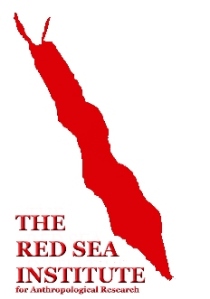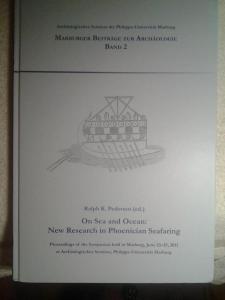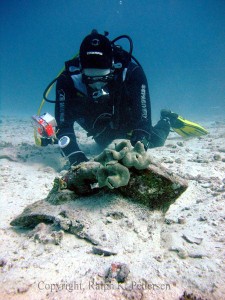
After a couple of years of discussion with friends and colleagues, I created The Red Sea Institute for Anthropological Research in 2014 in Lansing, Michigan, USA as a private non-profit charitable organization under the 501 (c) (3) registration with the United States Internal Revenue Service.
Our purpose is to promote the scientific inquiry of the Red Sea and surrounding areas– focusing on the subjects of anthropology, archaeology, ethnography, and history–to further our knowledge of the zone and its peoples, to bring into better understanding the intercourse between Africa and Southwestern Asia from the earliest times into the present, and to provide opportunities for research.
Our goal is to increase mankind’s knowledge of Red Sea maritime activities of the past and present.
Our intent is to create a better understanding of the dynamics of intercultural maritime connections and exchange, the involved ship-building and engineering technologies, maritime exploitation strategies of coastal peoples and their environmental adaptability to arid coastal zones, as well as maritime migration from the prehistoric period into the modern era.
I use the term “anthropological” as in the US archaeology is considered part of anthropology, and also I am interested in other aspects of human culture in addition to those of the past. As such, the institute embraces cultural and ethnographic studies, and even history as it pertains to our understanding of the Red Sea region.
A journal for these studies is planned, as is a grant for student research.
Please visit our website at http://www.redseainstitute.org




